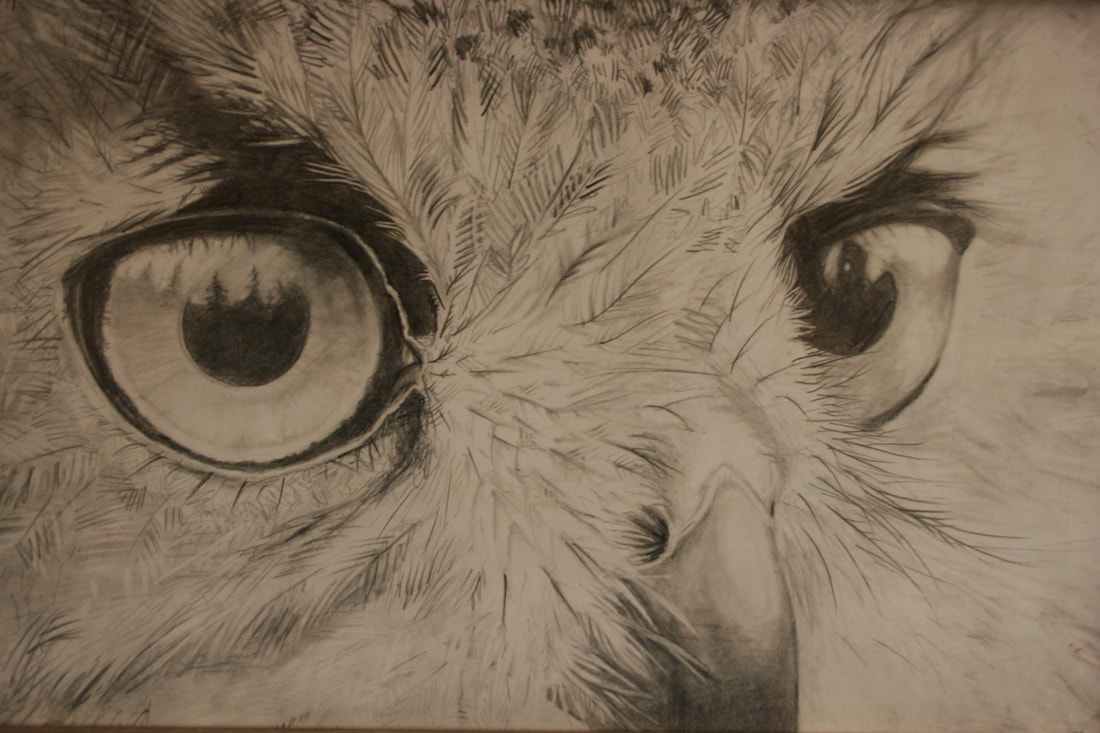|
By Janelle Eklund
Fond memories of conjuring up herb recipes in the Janice Schofield plant workshop bring visions of colorful wildflower salads. A bed of wild greens dressed with pinks, oranges, greens, and white flowers delighted the eye and refreshed the taste buds. We gathered these beauties in yards and along trails. Bluebell flowers add soft blue/pink colors to the salad palette. One of my favorite recipes was making chips with Bluebell leaves - drizzling them with olive oil and spicing them up with salt, pepper, garlic, and any other delectable spice, and drying them in the food dryer. It made them a real treat! Some people call these beauties chiming bells for good reason. Their bell shaped dresses with a dangling creamy-green pistil seem to chime their elegance throughout the woods. I observed the rosy pink buds making their debut in June. As they mature they open up and turn blue. Then the insects come to get their sweet nectar and help the plant by pollinating it. Most northern insects can't see red colors so, since the plant wants to get pollinated, it changes its color to blue, which the insects are attracted to. Once it's been pollinated it changes back to some of that rosy color it started out with. Pretty smart plant - adapting for its benefit and that of the insects! The hairs on the leaves and bracts remind me of a blanket keeping the plant warm against the cool air. The flowers and leaves on this languid lady, as some people call it, are edible. But since the leaves have those little hairs on it they are more palatable in cooked dishes. Another name given this plant has been lungwort. Using the dried leaves in a tea stimulates the respiratory system, treating the lungs. The leaves have also been used as poultices for cuts and wounds. Some of the Bluebells have run their course already and dropped their petals. Seems like a lot of the plants are 'running their course' faster than normal this year. My speculation is that it was somewhat warm in May with June responding to cool temperatures. What makes one year different than the other - weather - plant cycles - temperatures? The mystery of plants always intrigues me. From my light to yours- References: Plants of the Western Boreal Forest and Aspen Parkland by Johnson, Kershaw, MacKinnon, Pojar.
0 Comments
Leave a Reply. |
Who We AreWISEfriends are several writers connected with Wrangell Institute for Science and Environment, a nonprofit organization located in Alaska's Copper River Valley. Most of these articles originally appeared in our local newspaper, the Copper River Record. Archives
August 2021
Categories
All
|
|
WISE is a
501(c)3 nonprofit organization |
Contact Us |


 RSS Feed
RSS Feed
